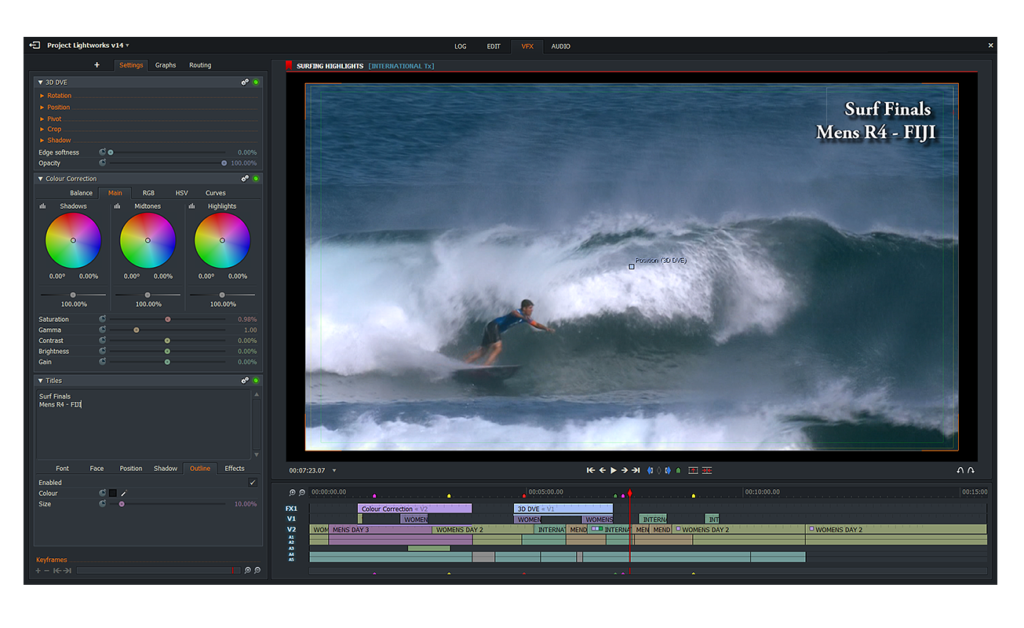

Now, the project mirrors the format and frame-rate of the first clip added to the sequence. In previous versions, you had to set the number of frames per second - something we thought “experienced users would have no problem choosing, but which might confuse more casual editors”. New projection creation has even been tweaked and simplified. A pop-up helper will also appear whenever you undertake an action for the first time, offering specific hints and advice.

This is where you can set language, keyboard shortcuts, and layouts. The experience welcomes novice editors with a Startup Wizard. It’s quite efficient, too, with the tool offering four separate workspaces customized for specific workflows: Log, Edit, VFX, and Audio. Lightworks offers a fluid editing experience that we found straightforward and mostly similar to other NLEs. Premiere Pro's import window emphasizes media over project settings (Image credit: Future) Sequence Settings can be changed, but we felt “just getting right down to working with clips in their native format will be what people choose to do,” and the “removal of potentially unnecessarily complex tweaking is most welcome.” Select clips, click Import, and they’re added to your sequence. There has also been a renewed focus on importing media, with a redesigned import window prioritizing clips. Built to tackle heavy workloads, clip after clip, track upon track, and to make that experience as logical and efficient as possible. The best video editors need to seamlessly fit your creative flow and the way you naturally work.Īdobe Premiere Pro is an absolute powerhouse here. Lightworks: Updates have brought extra simplicity.Premiere Pro: Seamless editing experience for industry pros.

These streamlined spaces place core editing tools in logical left-to-right order to simplify the basic editing process. The introduction of Adobe Workspaces makes Premiere Pro more welcoming to beginners. However, in our review, we feared that Premiere Pro “can be overwhelming to beginners and Adobe freshmen.” But really, it’s not as complex as it looks, and in a short amount of time, navigation and performing actions becomes second nature. The interface follows the company’s traditional layout design. If you’re already familiar with Adobe tools like Photoshop, you’ll have no trouble at all. Everything’s very big and bold and clear. Its multi-tracking editing is incredibly easy-to-use. Newcomers may instinctively lean towards Lightworks. It’s generally easy to get around, find what you’re looking for, apply effects, and so on. It’s important to get the user interface right - and both editors deliver a very simple, intuitive UI. We found Lightworks' editing straightforward and mostly similar to rival NLEs


 0 kommentar(er)
0 kommentar(er)
